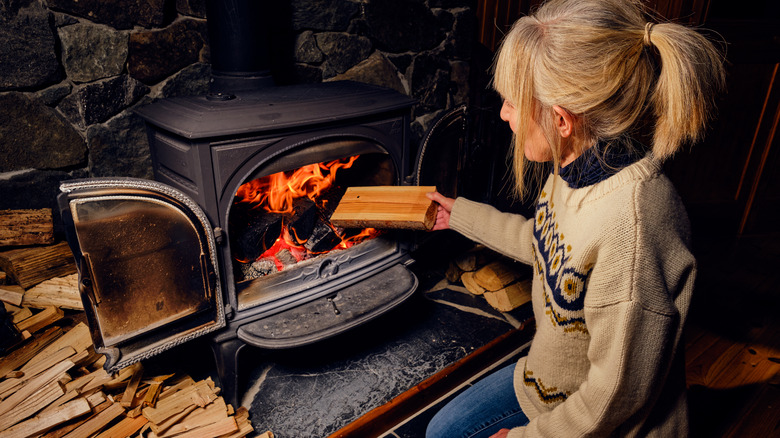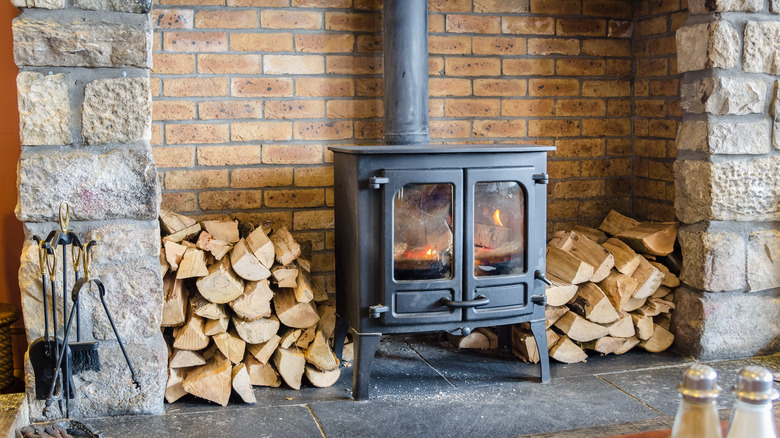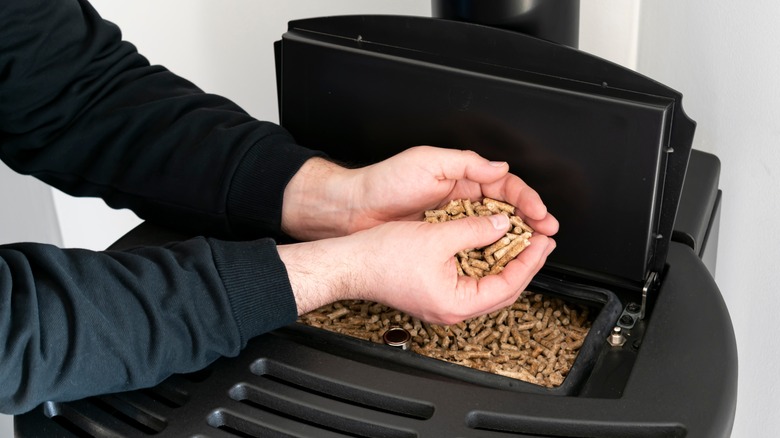Wood Stoves Vs. Pellet Stoves: Which Is Right For Your Home?
If you're in the market for a stove to heat your home throughout the cold winter months, there are a couple of obvious choices, though both provide different experiences and results. Wood stoves and pellet stoves are both popular, yet their distinct characteristics will likely help you decide. On the one hand, wood burning stoves burn chopped firewood or logs in order to generate heat for your home. These logs burn in a combustion chamber that draws in air from the room to heat it before releasing it out through a chimney. This type of stove requires you to manually stock the chamber with wood and to clean out the ash periodically. Additionally, since it uses a chimney, you'll need to have it serviced annually to prevent any creosote from building up and potentially causing a fire in your home. Nevertheless, a wood burning stove is a great choice that offers a traditional and cozy aesthetic.
Alternatively, you may also look into installing a pellet stove. Unlike a wood stove, these burn small, compressed pellets made from sawdust or agricultural waste to produce heat. These pellets can be loaded into the combustion chamber using a rotating auger. What's great about this type of stove is that it can feature electronic controls that allow you to adjust the temperature, providing a more precise heat output than a wood stove. Finally, the pellets produce less ash, which means less cleaning and servicing of the chimney or venting system.
Benefits of a wood stove
While it can be difficult to decide whether a wood or pellet stove is the right choice for you, it's important to do thorough research so you're aware of the functioning, benefits, and cost of each option. If you appreciate a rustic charm and a more traditional option, then a wood stove is a better choice. They create a cozy ambiance with their crackling flames and the natural scent of burning wood.
If your home is in a rural area with access to firewood, you'll find it a more practical choice. Being able to produce your own firewood or chop down your own trees reduces costs here. Though prices vary by location and season, a cord of wood typically costs between $275 to $400, but that may not include delivery or stacking (via homeguide). Moreover, if you have the space to keep stacked wood dry, choosing a wood stove may be a great option for you. Alternatively, if you live in a more crowded area without the means to keep the wood dry and covered throughout the winter, opting for this type of stove may be less feasible.
One final detail that may sway your opinion is that wood stoves can operate without electricity. If your home is located somewhere that frequently loses power or doesn't have access to a stable power grid, a wood stove is definitely the better choice as pellet stoves require electricity.
Pros of a pellet stove
While a wood stove can be a great way to establish a cozy ambiance in your home, it can be difficult to control the exact temperature of the heat as there isn't a mechanism that allows you to tinker with a thermostat. If that is an important feature, you may be better off choosing a pellet stove. This stove option allows more automated operation with temperature control and automatic fuel feeding. If you're a busy homeowner who doesn't have the time to head outside for more wood to feed the flames, a pellet stove is a great solution, as it can run more conveniently and at the exact temperature you'd like.
Should you live in a more urban area and finding storage for your firewood is problematic, a pellet stove is likely the better choice. The pellet fuel typically comes in bags that do not require much space for storage, making it easier to store it more inconspicuously within your home. Moreover, handling wood can sometimes be messy, whereas pellets tend to be more neat and clean to load into the stove.
Finally, pellet stoves offer a more environmentally friendly and efficient option than wood stoves. Rather than relying on logging, pellets are created from manufactured renewable biomass materials like sawdust that would otherwise be considered waste. These produce cleaner fuel with less ash, making them a good choice if you're looking for an eco-friendly stove.


